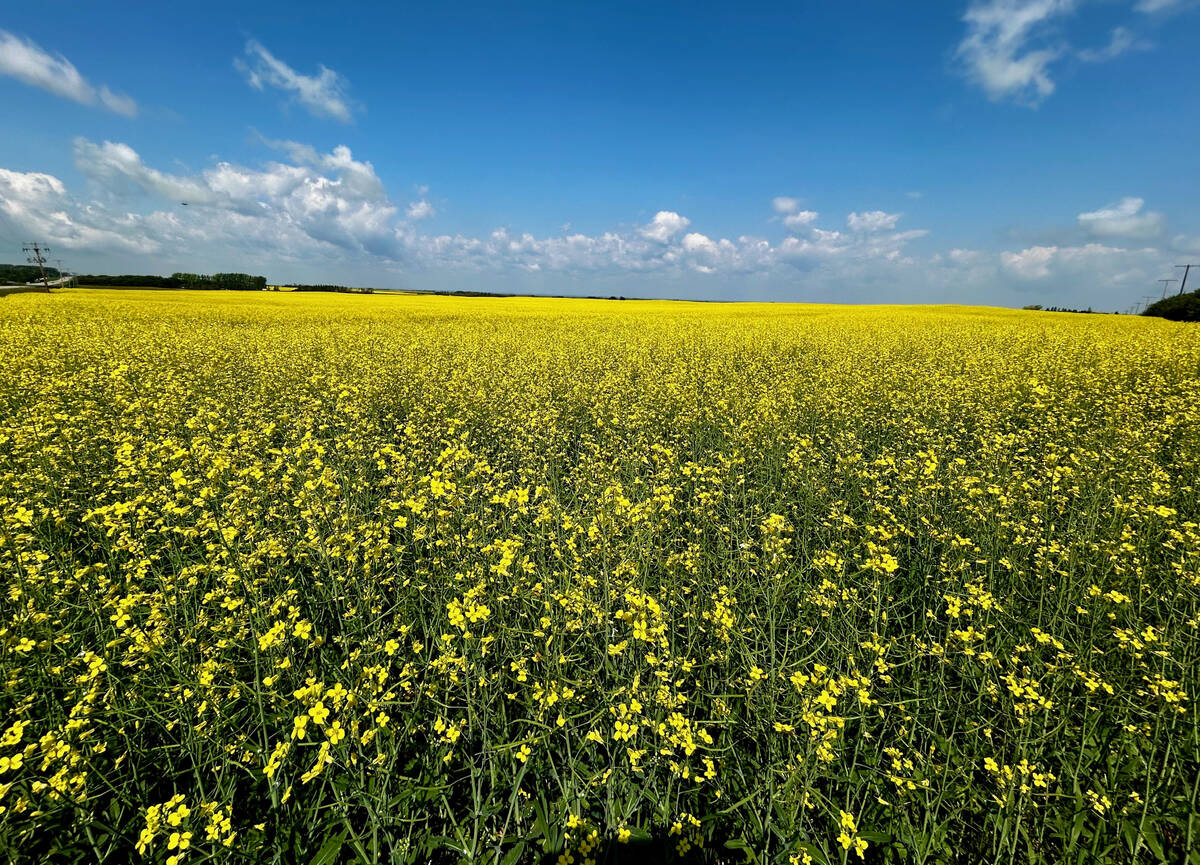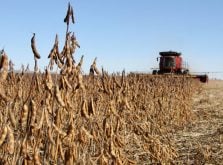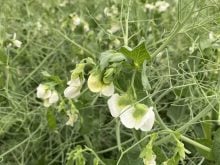2013 growing season | Analysts think market wants more canaryseed and mustard than Statistics Canada indicates
Grain analysts think Statistics Canada’s canaryseed number is for the birds.
The government agency’s intentions survey indicated 190,000 acres of the crop, down from 300,000 acres last year and well below the 10-year average of 448,000 acres.
“I doubt we’ll see that kind of decline,” said Kevin Hursh, executive director of the Canaryseed Development Commission of Saskatchewan.
Hursh and special crops analysts were expecting a slight increase in plantings because of strong canaryseed prices.
Stat Publishing had pencilled in 320,000 acres before the release of Statistics Canada’s March seeding intentions report.
Read Also

Pakistan reopens its doors to Canadian canola
Pakistan reopens its doors to Canadian canola after a three-year hiatus.
“The average grower bid so far this year is the best it has ever been in the history of canaryseed,” said Stat editor Brian Clancey.
“That’s part of the reason I thought canaryseed acreage ought to go up.”
If Statistics Canada is correct, average yields would result in 87,000 tonnes of production and a total supply of 100,000 tonnes. The last time Canada exported fewer than 100,000 tonnes was 1992.
Chuck Penner, analyst with LeftField Commodity Research, was also forecasting an increase in acres.
Underwhelming crop movement is the only thing he can think of that would cause growers to avoid the crop this year.
Mexico is back to average import levels, but shipments to Europe and South America have been disappointing.
Hursh suspects more canaryseed will go in the ground than Statistics Canada is forecasting, especially considering the delayed seeding.
“I think the late spring could gravitate towards more canary acres just because canaryseed is often a crop that is put in later anyway. (It is) often times one of the last crops seeded,” he said.
“It is still susceptible to frost, but not so susceptible to wet fall and quality issues.”
The mustard number also surprised Penner. Statistics Canada is forecasting 345,000 acres of the oilseed, up slightly from last year’s 335,00 acres but well below the 10-year average of nearly 500,000 acres.
“That market needs more of an increase in production to keep it supplied,” he said.
“Most of the people I’ve talked to say we need at least 375,000 to 400,000 (acres) just to keep things at status quo.”
Penner believes mustard prices should be heading higher unless there is a surge in Black Sea production.
“If that’s where acres actually end up, it’s going to be a year of at least 40 cents for yellows all year long,” he said.
Hursh, who is also executive director of the Saskatchewan Mustard Development Commission, said new crop contracts for yellow and brown mustard are attractive.
He believes mustard is another crop that could benefit from seeding delays because it requires significantly less time to mature than canola.
“You would think that there’s going to be some increased demand to put mustard in the ground,” said Hursh.
Penner said growers shouldn’t be in a rush to sign new crop contracts, given the bullish price outlook for canaryseed and mustard.
“There’s not a panic for them to be pricing at this point. I think they can afford to sit back and let the market develop,” he said.
Hursh had a different take on the matter.
“At traditionally high prices, locking in a bit isn’t a bad plan,” he said.
















